Dasht-e Kavir Desert
Kavir-e Markazi (Central desert of Iran)
Dasht-e Kavir, larger than the Lut desert, is one of two Iranian deserts situated in the middle of the Iranian plateau, and located southeast of Alburz Mountains. It is about 300 kilometers from the east and southeast of Tehran. There are a couple of protected areas inside the desert supervised by the Department of the Environment; and likened to a Kavir National Park (Park-e Melli Kavir). Kavir National Park is one of them with numerous wild animals. Dasht-e Kavir, the other, is also known as Iran Central Desert, Kavir-e Markazi Iran, Kavire Namak, and the Great Salt Desert.
This area has a view of salt hills which were formed when the underground salt layers tried to emerge through the mud and rocks. The area is perilous because anyone falling in to a salt hill may get stuck and unable to escape. Due to this, the land is unpopulated with the exception of the mountainous regions.
This desert, nearly 800km long and 320km wide, consists of mud and saltmarsh (kavirs). Way back in time this land was covered by an ocean rich in salt that surrounded a small part of the continent in what is currently central Iran. While the ocean dried up, it left a layer of salt approximately six to seven kilometers thick.
With the passage of time, the layer of salt was buried under a large layer of mud. However, salt has a relatively low density in comparison to the layer of mud and rocks. Thus it started moving upward through the overlying sediment, and finally, over centuries, the salt broke through and created a dome. The best examples of this geological phenomenon in the world are possibly the salt domes of Dasht-e Kavir. Geologists have recognized nearly 50 big salt domes in this area, some of which have gradually been eroded by rain and wind exposing its surface.
Despite the fact it resembles a rigid surface, the salt layer is just a few inches deep. Below that sits a treacherous, smooth, oily-like mud that Iranians call “Charbeh”, where falling in is a real death trap and is a great challenge to escape from as mentioned above. Due to this risk, the journey through the Dasht-e Kavir is particularly hazardous. The soil is infertile and therefore not conducive for agriculture. This desert is mostly unpopulated with just some parts of it appropriate for exploring. People have settled in the scattered oases, where wind-blocking houses are constructed in order to deal with the unpleasant weather conditions. Some folk inhabit the hills and mountains. Animals such as camels, wild sheep, goats, and Persian leopards also live in the mountainous regions.
Adventure Iran, as an active tour operator, has created many different types of adventure trips to cover activities suitable for all. Most trips conducted in the last ten years were desert trekking tours, long camel trek tours, and long desert trekking expeditions.
SVEN HEDIN TREK is one of our famous tours that we carry out annually as a group tour. In addition, since 2015, we have developed several special routes in different parts of Dasht-e Kavir desert for Mountain Biking and desert cycling. In five different parts of this desert, we have designed and conducted our distinctive cycling tours; our famous Iranian Coast to Coast by Bicycle tour also crosses two different parts of Iran’s desert. We have another desert cycling tour, “Cycling through Iran’s Dasht-e Kavir (Central Desert)” which crosses Dasht-e Kavir Desert, and it is just one of our special cycling tours. We also have a 4×4 desert safari inside Dasht-e Kavir Desert which is another interesting expedition for those who would like to view more places that are unreachable on foot or bicycle.


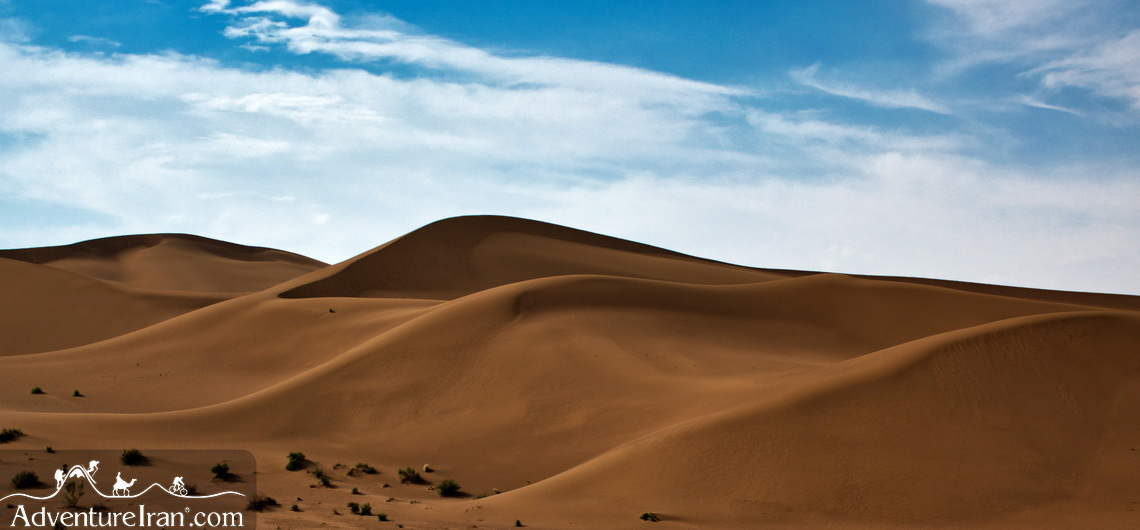
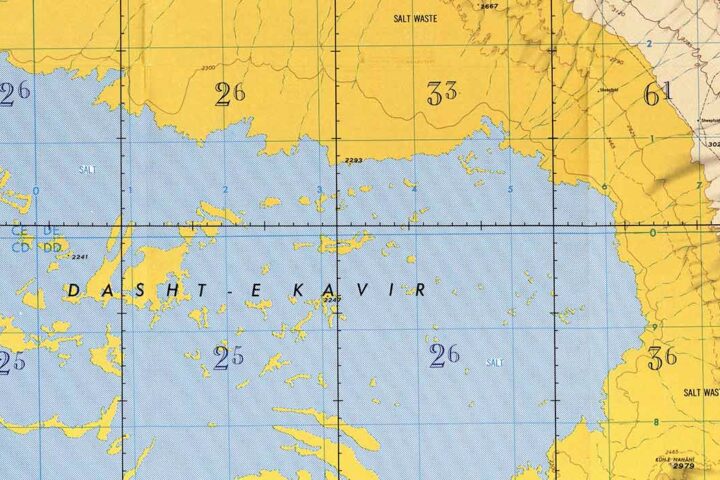
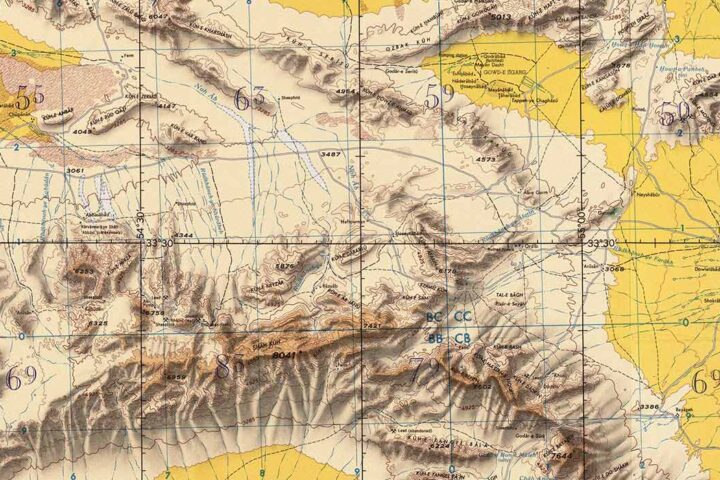
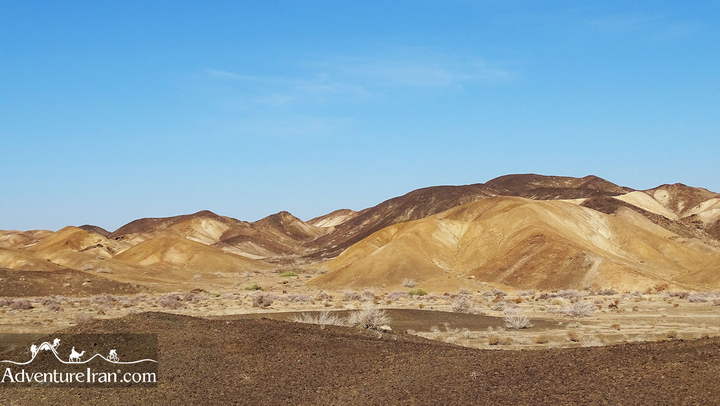
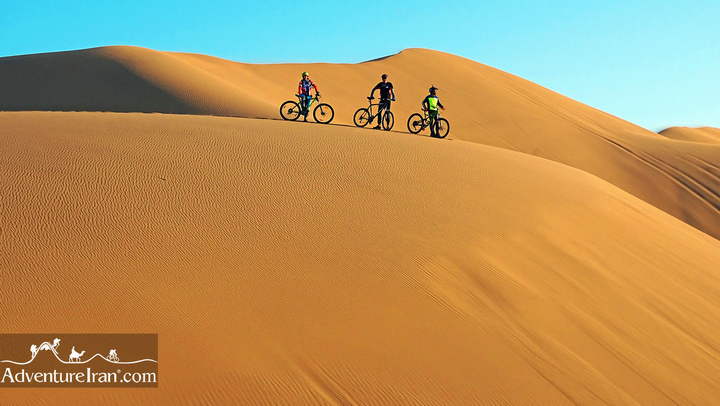
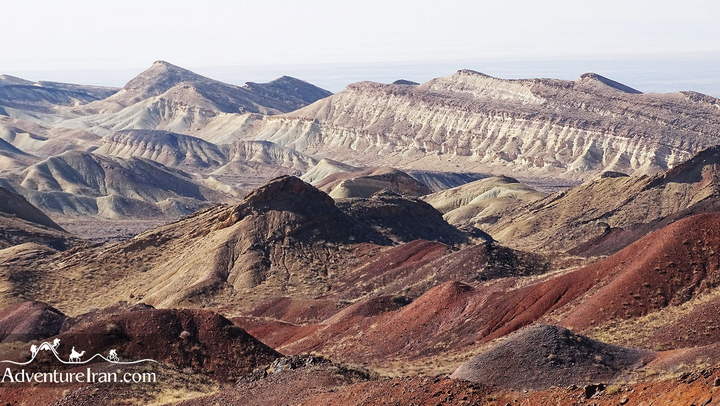
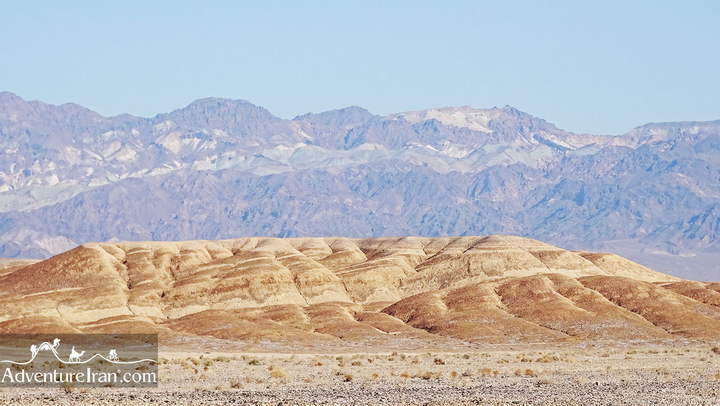
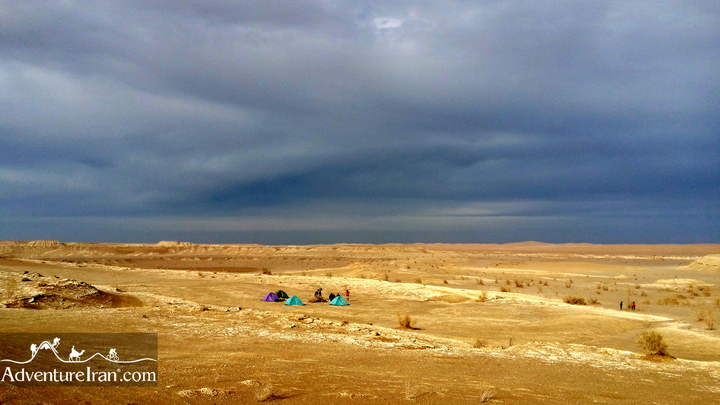
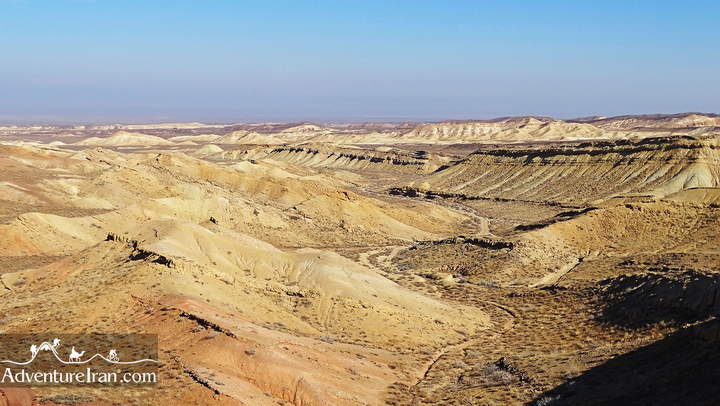
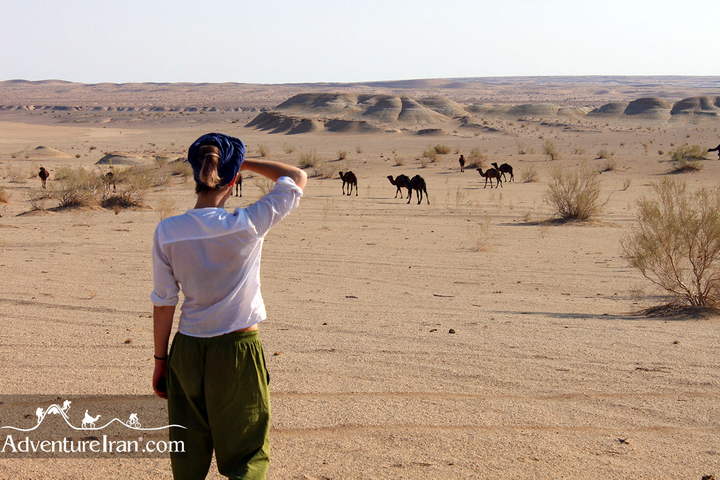
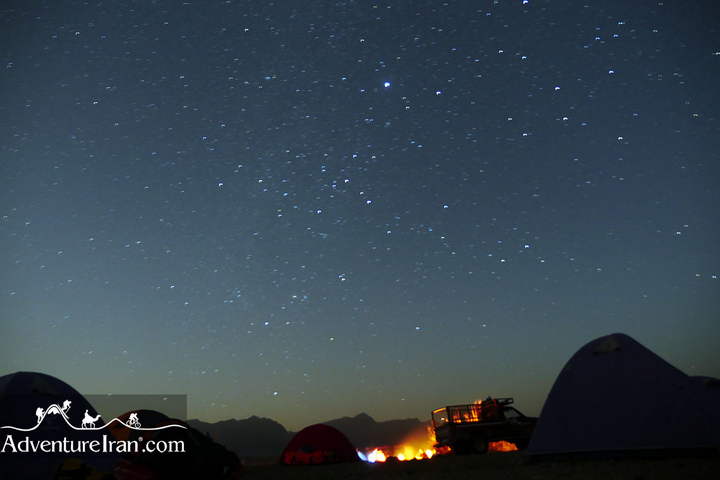
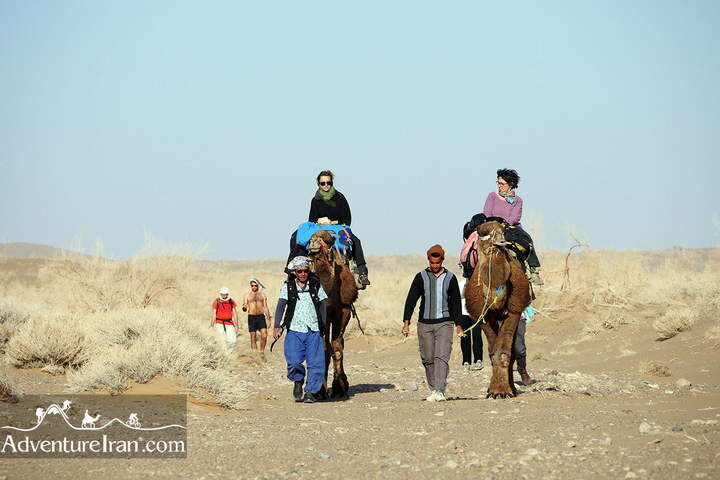
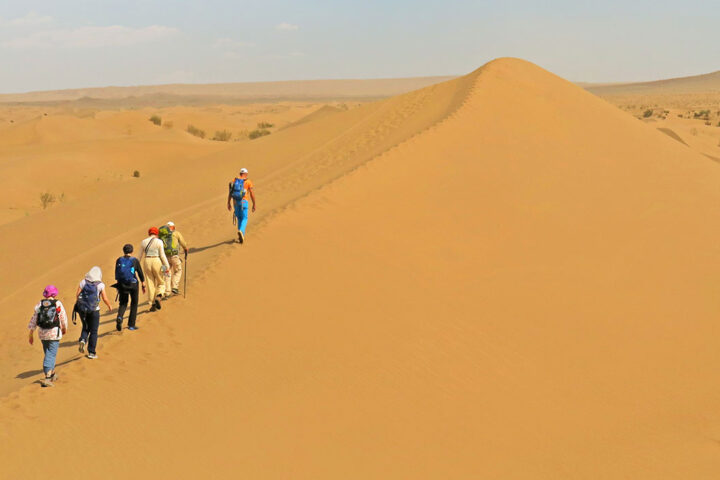
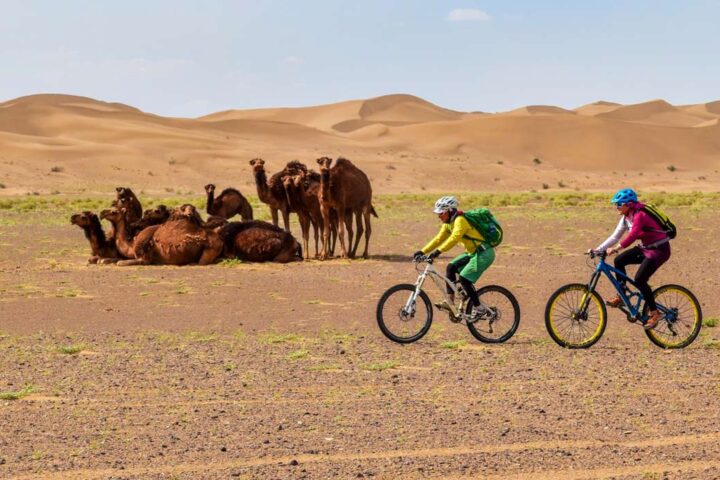
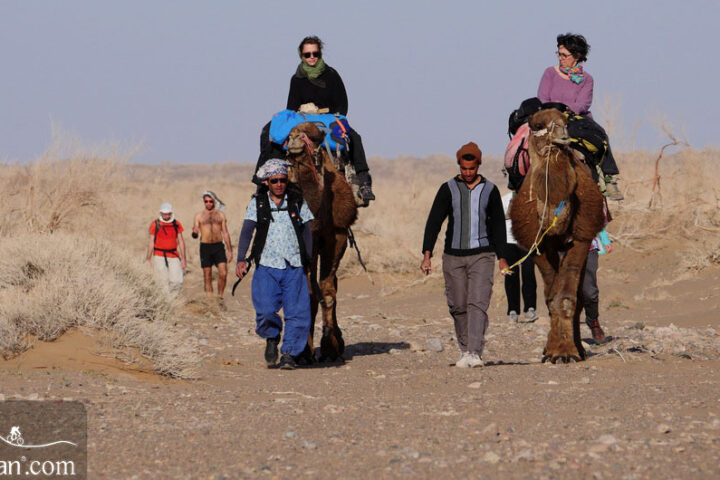
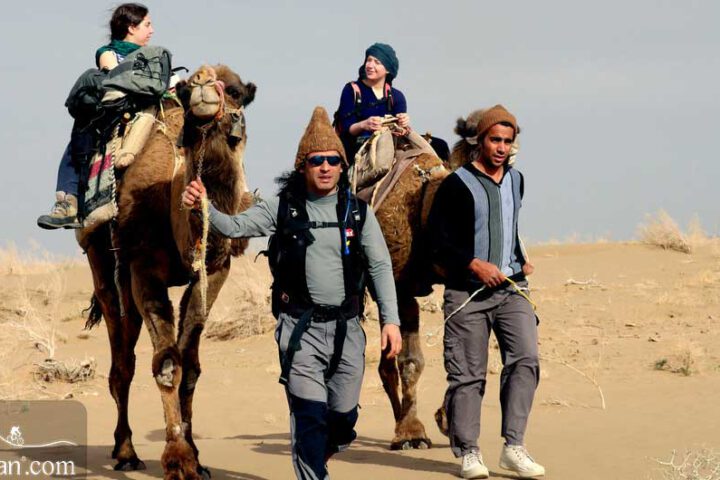
Comments